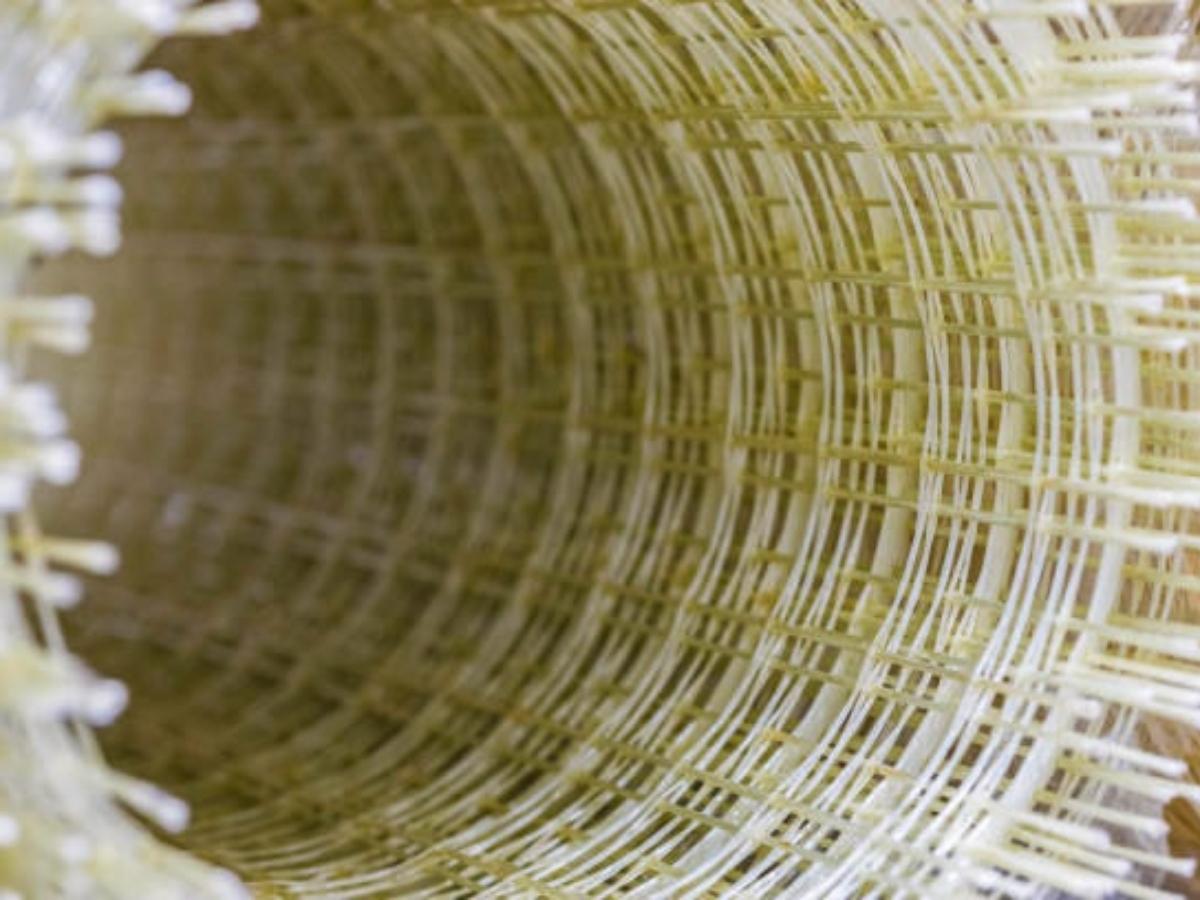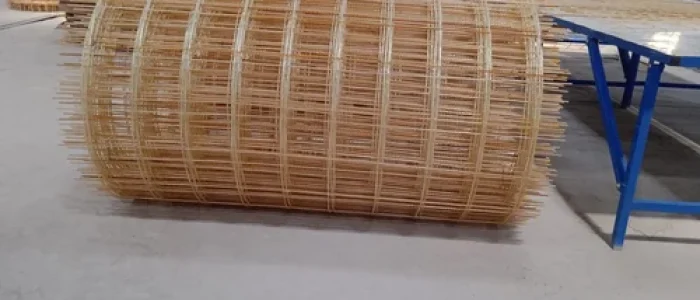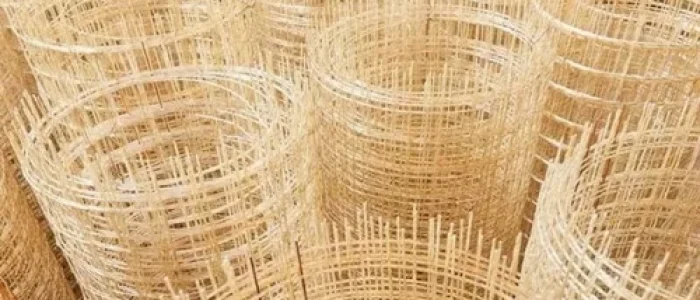Przedstawiamy siatkę GFRP, Polska
W nowoczesnym budownictwie siatka GFRP (siatka polimerowa wzmocniona włóknem szklanym) stanowi innowacyjne i wszechstronne rozwiązanie. Połączenie odporności na korozję, lekkiej konstrukcji i solidnej konstrukcji nie tylko poprawia jakość betonu, ale także usprawnia procesy budowlane, obniża koszty konserwacji i wydłuża żywotność budynków.

Zbrojenie konstrukcji betonowych i mieszanych konstrukcji żelbetowych

Obiekty zlokalizowane na obszarach przybrzeżnych, lotniskach, szpitalach, bazach wojskowych i innych miejscach

Obiekty specjalnego przeznaczenia (elektrownie)

Konstrukcje wrażliwe na wagę

Przemysł drogowy (budowa mostów, dróg, tuneli)

Budowa obiektów rolniczych

Środowiska wrażliwe na ciepło/zimno (piwnice, tarasy)

Projekty budowlane (budynki komercyjne i mieszkalne, wysokie budynki)

Zalety siatki GFRP
- Odporność na korozję. Siatka GFRP nie rdzewieje nawet w najtrudniejszych warunkach. W przeciwieństwie do siatki stalowej, siatka FRP zapewnia dłuższą żywotność i minimalizuje potrzebę konserwacji.
- Wysoka odporność chemiczna. Siatka GFRP jest odporna na jony soli, kwasy, chemikalia i naturalną zasadowość betonu. Jest to szczególnie ważne podczas budowy konstrukcji betonowych na obszarach przybrzeżnych w pobliżu mórz, oceanów, jezior i rzek.
- Lekki. Pręty zbrojeniowe GFRP są 9 razy lżejsze od prętów zbrojeniowych stalowych o tej samej wytrzymałości.
- Wytrzymałość. Pręty zbrojeniowe z włókna szklanego mają trzykrotnie większą wytrzymałość na rozciąganie niż stal. GFRP ma znacznie większą wytrzymałość na wiązanie z betonem niż stal, co sprawia, że beton zbrojony GFRP jest bardziej odporny na pękanie.
Siatka GFRP kontra siatka stalowa
| Charakterystyka | Siatka GFRP | Siatka stalowa |
|---|---|---|
| Średnica pręta (drutu), mm | 2.5 | 4.0 |
| Wytrzymałość na zerwanie, MPa | 1300 | 570 |
| Siła zrywająca pręta, kgf | 600 | 720 |
| Współczynnik wydłużenia, % | 2.50 | 2.50 |
| Współczynnik przewodnictwa cieplnego, W/(m*°C) | 0.46 | 56.00 |
| Przewodność elektryczna | Nieprzewodzący | Przewodzący |
| Przewodność cieplna | Niski | Wysoki |
| Odporność na korozję | Wysoki (niezależny od wody) | Niskie (bez kosztownego procesu galwanizacji pręty stalowe są narażone na utlenianie) |
| Odporność na duże obciążenia | Brak trwałych odkształceń | Może zostać trwale odkształcony |
| Charakterystyka magnetyczna | Nie magnesuje | Podatny na |
| Koszty | Niższe koszty produkcji, koszty konserwacji i wydatki na transport (związane z lekkością) | Niższe koszty materiałów, ale wyższe ogólne koszty produkcji, transportu, instalacji i konserwacji technicznej |
| Komórka siatki | Średnica produkcyjna | Waga, kg/m² |
|---|---|---|
| 50 X 50 | Ø4 | 0.78 |
| 100 X 100 | Ø 4-6 | 0,41-1,11 |
| 150x150 | Ø 4-6 | 0,28-0,7 |
| 200 x 200 | Ø 4-6 | 0,2-0,54 |
Zalety stosowania siatki GFRP
- Redukcja odpadów prętów zbrojeniowych
- Łatwe cięcie i obróbka mechaniczna
- Łatwy i szybki czas instalacji
- Niższe koszty transportu i magazynowania
- Niższe koszty projektu w całym cyklu życia
Siatka GFRP stanowi ewolucję prętów zbrojeniowych z siatki stalowej i tworzy kompozyt GFRP technologia Zastosowanie w budownictwie praktycznie w każdym aspekcie. Siatka zbrojeniowa kompozytowa jest trwała i zapewnia doskonałe rezultaty. Zastosowanie siatki FRP w różnych projektach budowlanych nie tylko poprawia integralność konstrukcji, ale także otwiera nowe możliwości dla innowacyjnego projektowania i bardziej efektywnych praktyk budowlanych.
Dowiedz się więcej:
- Siatka GFRP w USA
- Composite-Tech Sprzęt do produkcji GFRP w USA



